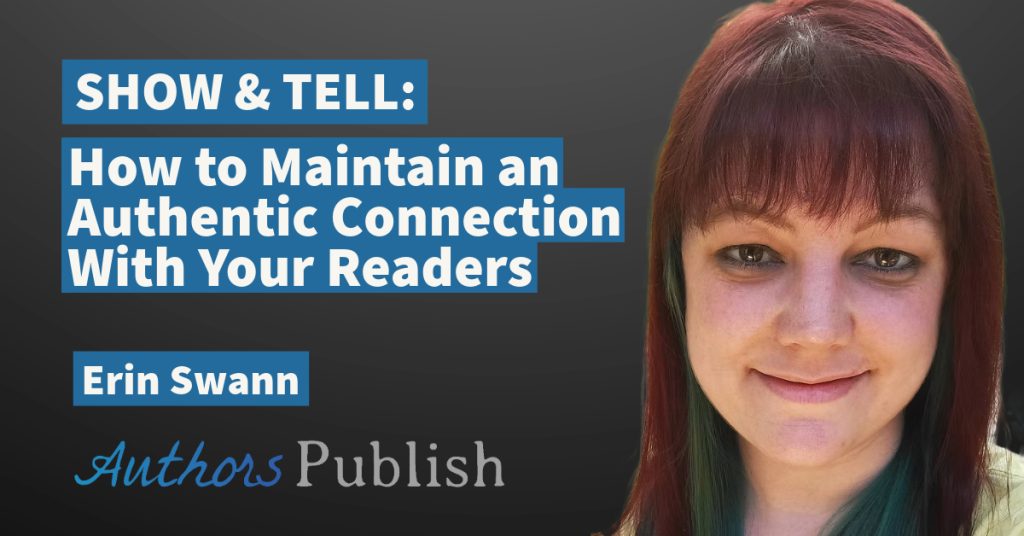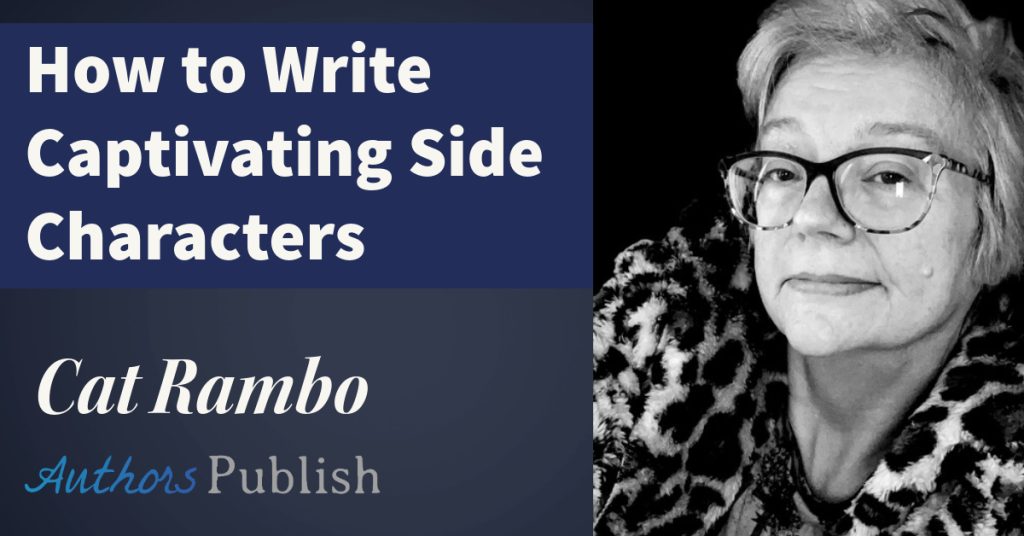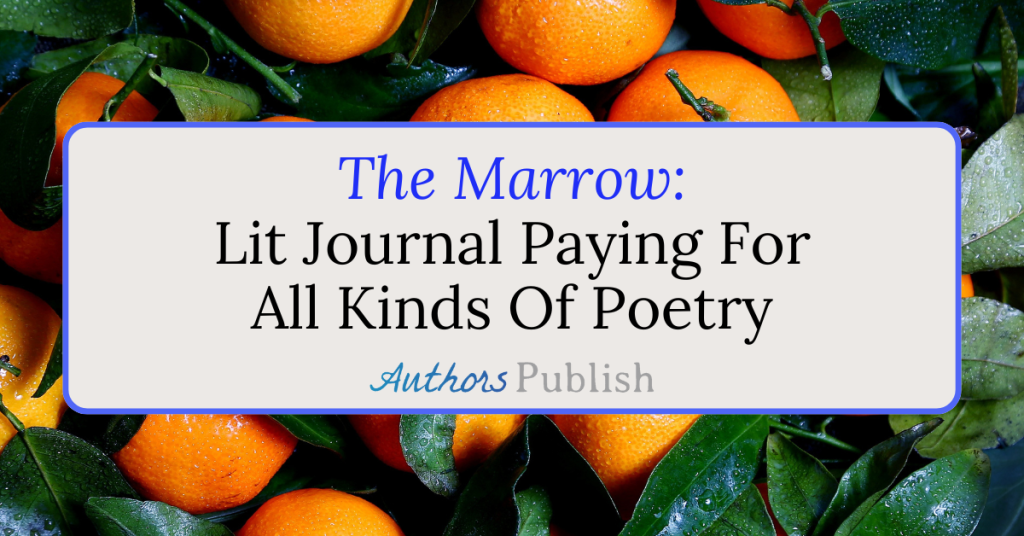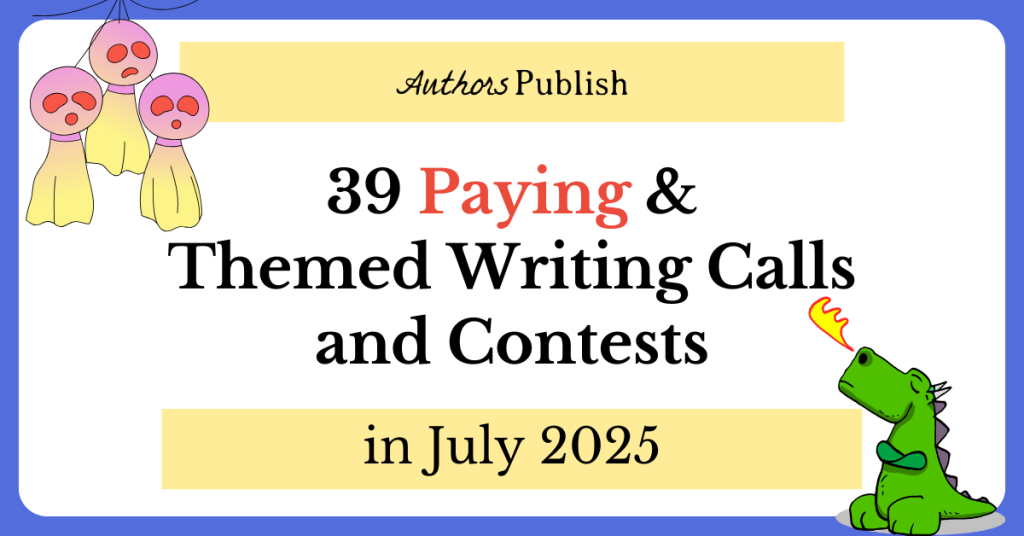By David Galef
What’s under 1,000 words and read all over?
Flash fiction.
You can change the limit to 500, around 300 for micro fiction, and even less for tiny miniatures like hint fiction (25 words or fewer) and nanofiction, which is the length of an old-style tweet, 140 characters, including the spaces. The principle is the same: What can you pack into such a small space that most writers would take pages and pages to write?
Paradoxically, leaving out material can make a piece of fiction feel larger, the lure of a map with unexplored territory. The protagonist has an L-shaped scar on her face and walks with a limp as if she’s dancing. If we say that a Dodge Ram once plowed into her and she now works as an insurance claims adjuster, you can imagine the rest of her life. Here’s what else you can give the reader: The scene takes place in a retro café called Ida’s Eats, and she’s walking to a table to wait for a Tinder date to show up. Guess what happens—no, you make it up, but keep it short. You have about 450 words to provide a little interaction between the woman and the kind waiter, the passing of time indicated by her incessant checking of her phone, and the late arrival of her date who’s just not what the woman had in mind. They smile, have coffee—and improbably hit it off.
You don’t need to know about the woman’s family or that her date has dad issues. You don’t have to tell us that this could be the beginning of something or tack on another scene, several months later. “I dwell in possibility”, Emily Dickinson wrote, and this state applies to flash fiction: not just is but could be. Flash fiction is merely sketched in, with a lot of gaps that the reader can fill in. Good flash fiction relies on implication rather than statement, depending on suggestions that lead to a large, unspoken whole. Robert Browning once wrote “less is more,” and Browning had a point.
In short (sorry), you have to be creative to represent a person by her way of speaking (in just two lines of halting dialogue) or a murder plot evoked by only the brief aftermath (no one knew the assassin was also her brother). We might even call flash fiction “concentrated story.”
If art is life with the boring parts left out, flash fiction is both artful and artistic. As for how to get started, here are a few pointers:
- Cut the introduction. Get to the point now.
- Provide one telling detail, not a paragraph of description.
- Don’t formally conclude. End with an action or an image.
This is apt advice for a lot of fiction, but particularly true when working in a tight space. Now think of an urgent setup—a man running for a train he’ll miss, a girl who just knows she’ll flunk that algebra exam—and go for it.
Bio: David Galef has published over a dozen books, including the novel Flesh, the short story collection My Date with Neanderthal Woman, and Brevity: A Flash Fiction Handbook. Day job: English professor and creative writing program director at Montclair State University. www.davidgalef.com, @dgalef. He’s also editor of Vestal Review—check out their food-writing flash fiction contest at https://www.vestalreview.net/food-writing-contest/, deadline Oct. 31.






